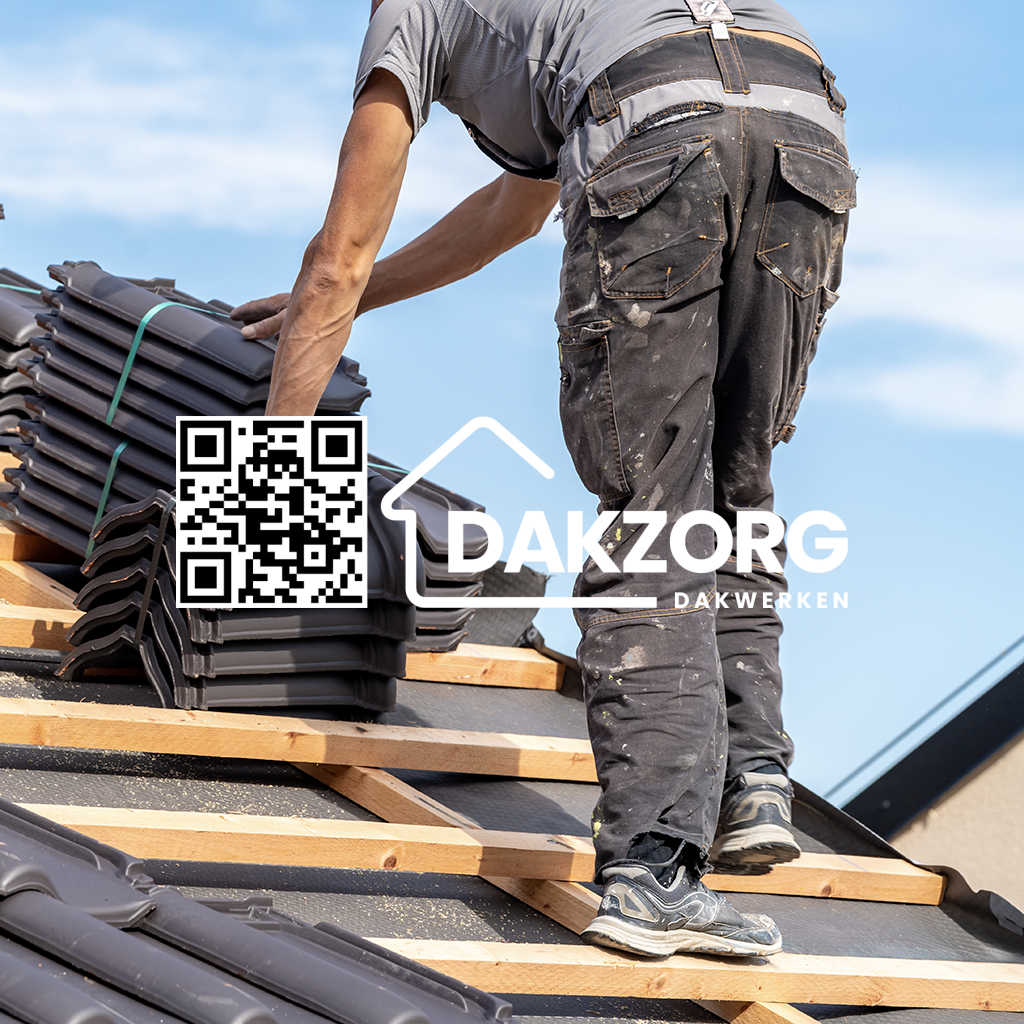Introduction
When it comes to the enchanting landscapes of the Netherlands, few elements are as iconic as Click here for info the traditional roofing styles that grace its historic homes. Among these, two types stand out: thatch and tile. Each carries with it a unique history, aesthetic appeal, and practical considerations. This article will guide you through the intricacies of choosing between thatch and tile roofing, providing insights into their characteristics, benefits, drawbacks, and how they fit into the broader context of Dutch architecture.
So, why should you care about roofing? Well, roofing isn't just about keeping the rain out; it's an essential part of your home's personality and functionality. Are you ready to dive into the world of traditional Dutch roofing? Let’s get started!
Choosing Between Thatch and Tile: A Look at Traditional Dutch Roofing
Understanding Thatch Roofing
Thatch roofing is a time-honored tradition in Dutch architecture. Made from natural materials like straw or reed, thatch offers a rustic charm that's hard to replicate. But what makes it so special?
The History of Thatch Roofing in the Netherlands
Thatching has been common in Europe for centuries, with roots tracing back to ancient times. In the Netherlands, this method became particularly prevalent as farmers utilized locally available materials to construct their homes.
- Materials Used: Common materials include wheat straw, water reed, and sedge. Lifespan: Properly maintained thatched roofs can last up to 50 years or more.
Advantages of Thatch Roofing
Aesthetic Appeal: Thatch adds a striking visual element to any home. Insulation: It provides excellent thermal insulation properties. Eco-Friendliness: Being made from natural materials makes it environmentally friendly.Disadvantages of Thatch Roofing
Maintenance Requirements: Regular maintenance is crucial to extend its lifespan. Fire Risk: Thatch can be more susceptible to fire unless treated properly.Exploring Tile Roofing
Tile roofing has become increasingly popular in recent years. With a variety of materials available—ceramic, concrete, or slate—tile roofs offer distinct advantages.
The History of Tile Roofing in the Netherlands
Tiles were introduced in the Netherlands around the 12th century and quickly gained popularity due to their durability and versatility.
- Material Composition: Tiles can be made from clay or concrete. Lifespan: Tile roofs can last anywhere from 50 to over 100 years with proper care.
Advantages of Tile Roofing
Durability: Tiles can withstand harsh weather conditions better than thatch. Fire Resistance: They are naturally fire-resistant due to their material composition. Low Maintenance: Once installed correctly, they require minimal upkeep.Disadvantages of Tile Roofing
Cost: Initial installation costs can be higher compared to thatch. Weight Considerations: Tiles are heavier than thatch; thus structural support might need reinforcement.Comparative Analysis of Thatched vs. Tiled Roofs
Now that we have explored both options separately let’s compare them across various parameters:
| Feature | Thatch | Tile | |-----------------------|--------------------------------------------------|----------------------------------------| | Aesthetic Appeal | Rustic charm | Classic elegance | | Lifespan | Up to 50 years | 50-100+ years | | Maintenance | High (requires regular upkeep) | Low (minimal upkeep needed) | | Fire Resistance | Moderate (needs treatment) | High (naturally fire-resistant) | | Installation Cost | Generally lower initial cost | Higher initial investment |
Choosing Between Thatch and Tile Based on Climate
The climate plays a significant role in determining which roofing material is most suitable for your home.
Thatch in Wet Conditions
Thatch performs well in temperate climates where rainfall is abundant but requires diligent maintenance to prevent moss growth and decay.
- Tip: Ensure good ventilation within your attic space to manage moisture levels effectively.
Tile in Harsh Weather Conditions
Tiles excel under more extreme weather conditions—rainstorms or heavy snow loads—withstanding nature’s fury while offering longevity.
- Tip: Choose interlocking tiles for added wind resistance.
Cultural Significance of Dutch Roof Styles
Both thatch and tile roofs are deeply rooted in Dutch culture and history:
- Thatched roofs often symbolize rural heritage while being associated with farmhouses and cottages. Tiled roofs represent urban sophistication found in cities like Amsterdam where historical buildings exhibit grandeur through tiled rooftops.
Economic Considerations When Choosing Your Roof Type
When contemplating your investment into either thatch or tile roofing, economic factors come into play:
Initial Costs vs Long-term Investment
While thatched roofs may have lower installation costs initially, consider long-term maintenance expenses against tiles which might be pricier upfront but save money over time through durability.
FAQs About Choosing Between Thatch and Tile
Is thatch roofing more energy-efficient compared to tiles? Yes! Thatched roofs offer superior insulation properties due to their thick layers of natural materials.
Can I install a tiled roof over an old thatched roof? It’s not advisable because tiles require additional structural support due to their weight compared to thatch.
How often does a thatched roof need maintenance? Typically every 5-10 years depending on local weather conditions; it's essential for extending its life span!
![]()
Are there modern treatments available for improving the fire resistance of thatch? Absolutely! There are specialized sprays available today designed specifically for enhancing fire resistance on natural materials like straw or reed used in thatching.

What type of roof adds value if I plan on selling my house? Generally speaking—tile roofs tend to add more resale value because people associate them with durability!

Which roof style is best suited for eco-friendly building projects? If sustainability's your goal—thatching reigns supreme as it utilizes renewable resources!
Conclusion
Choosing between thatch and tile when considering traditional Dutch roofing is no small feat—it requires careful thought about aesthetics, practicality, cultural significance, climate impact—and even economics! Both options possess unique advantages tailored towards different needs based on personal preference or local requirements alike!
Ultimately though—the decision should align with what feels right for you! Whether you lean towards the rustic charm offered by traditional techniques or prefer modern resilience encapsulated within tiles; both choices celebrate rich heritage found throughout this beautiful country!
In summary, whether you're looking for aesthetic appeal or practical functionality—or perhaps both—understanding each option's merits will help ensure your choice resonates beautifully within both your home environment & personal taste!